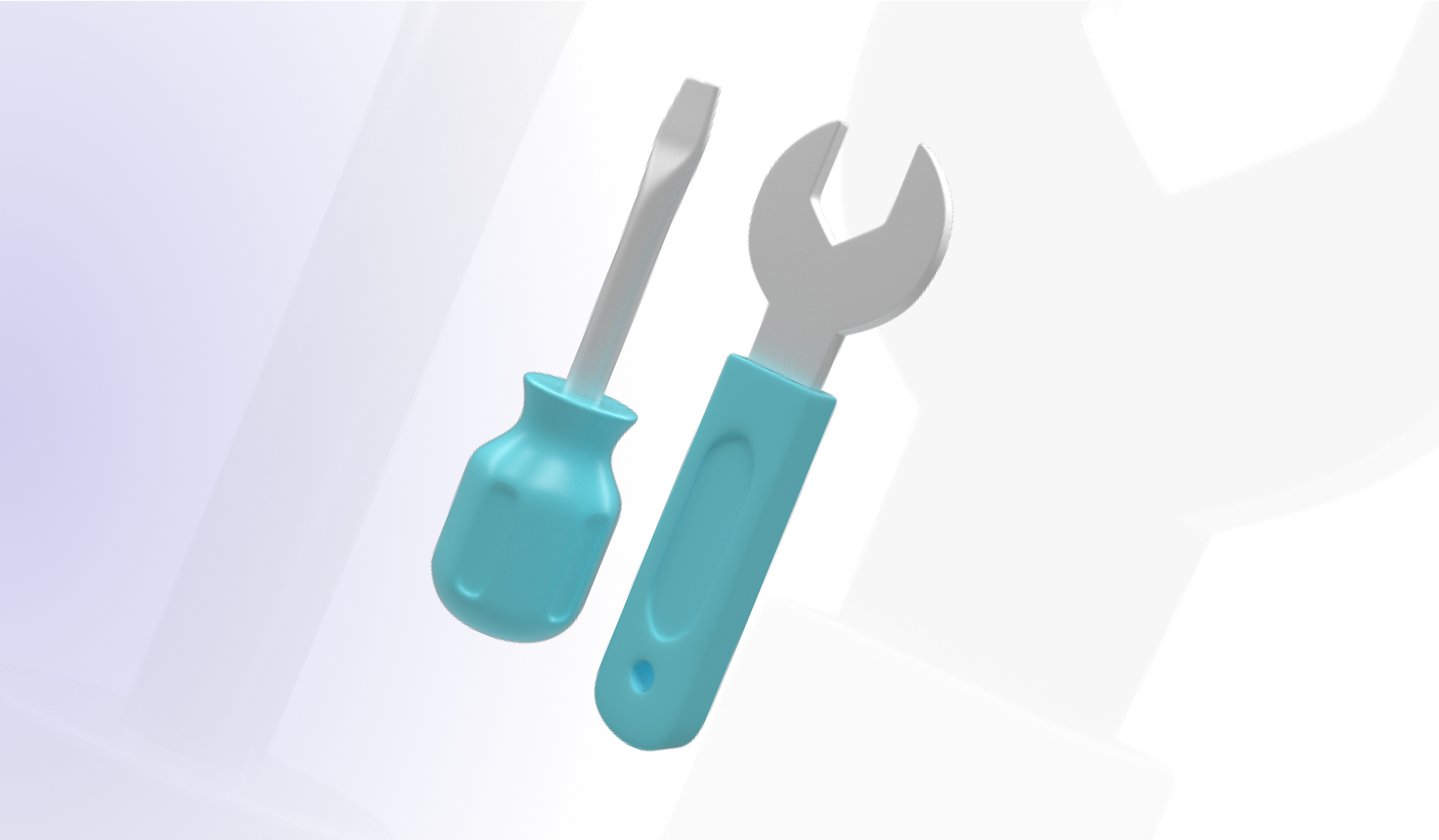-
Welcome and Introduction
-
Recap: What Are Chainguard Containers?
-
The Debugging Challenge
-
🛠️ Demo: Local Debugging in Docker
-
🛠️ Demo: Local Debugging in Docker Desktop
-
Kubernetes Debugging Techniques
-
🛠️ Demo: Kubernetes Debugging
-
Best Practices
-
Conclusion and Next Steps

Debugging Chainguard Containers
Course 10 of 14 in Chainguard Containers Onboarding Guide
Learn practical strategies to debug Chainguard’s minimal, secure container images in Docker and Kubernetes—without breaking their security model.
Chainguard containers are secure, minimal images that strip away shells and debugging tools, making traditional troubleshooting approaches difficult. In this hands-on course, you’ll learn how to work around these constraints using debug containers, -dev image variants, CLI tools, and Kubernetes ephemeral containers. By the end, you’ll be equipped with practical techniques and best practices to confidently debug and troubleshoot Chainguard containers locally and in production environments.
By the end of this course, you will be able to:
- Explain why Chainguard containers are designed without shells and traditional debugging tools.
- Apply container debugging techniques in Docker using namespace-sharing, debug variants, and CLI tools.
- Use
kubectl debugand ephemeral containers to troubleshoot workloads in Kubernetes. - Distinguish between development-time debugging practices (e.g., using
-devimages) and secure production debugging workflows. - Apply best practices for balancing security with effective debugging, including preparing custom debug containers and documenting runbooks.
Course
Learn the tools and fundamentals of vulnerability management and why it's critical that every developer understand it.